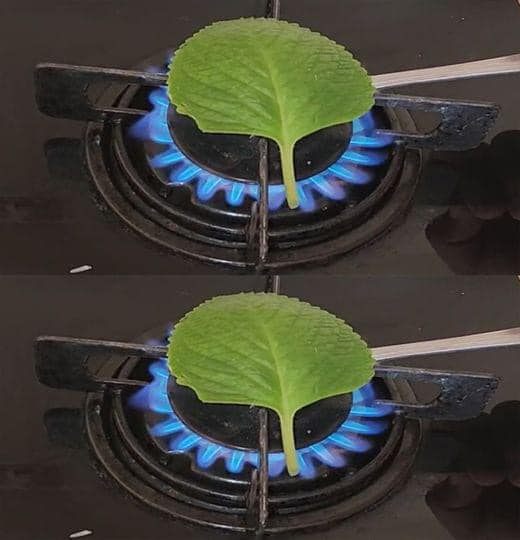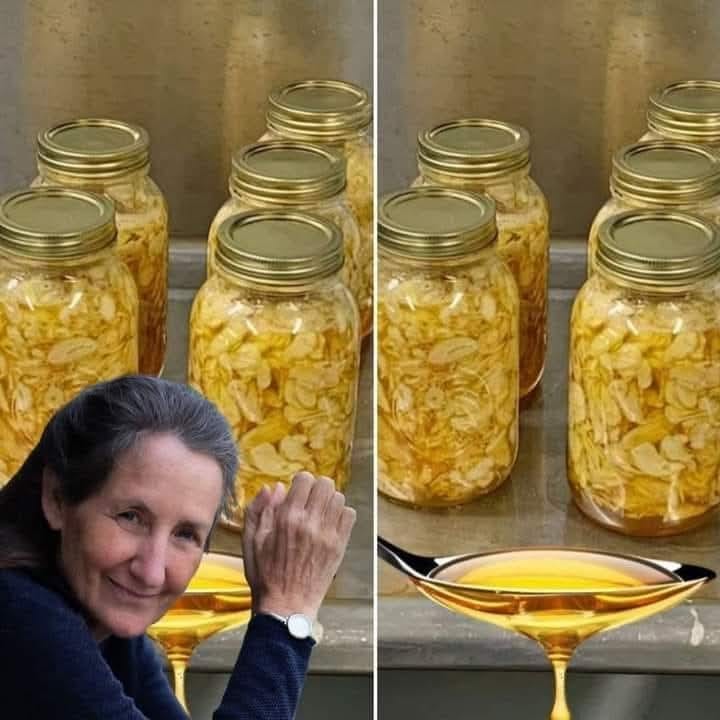It’s tempting to think, “Maybe I can weld or glue this back together.”
Don’t.
Welding cast iron is extremely difficult and requires a professional with special equipment. Even then, the weld often doesn’t hold up to heat and stress—especially in a cooking context.
And adhesives? They’re not food-safe, and they’ll fail under high heat. A glued skillet handle could come off mid-use, spilling hot oil or food. It’s just not worth the risk.
🔁 Should You Replace It with the Same Brand?
That depends. If it was a well-known, reputable brand and the company replaces it without hassle, it might just be a rare manufacturing fluke.
However, if it was:
- An off-brand product
- Sold at a suspiciously low price
- Missing warranty info
- Packaged poorly
…it’s probably time to upgrade to a trusted brand.
🛠️ Choosing a High-Quality Cast Iron Skillet
When replacing your broken pan, look for these signs of a reliable cast iron brand:
✅ Reputable Brand Name
Stick with well-known companies that have a track record of quality and service. A few excellent options:
- Lodge (USA): Affordable, accessible, and well-made.
- Smithey Ironware (USA): Premium, hand-finished pans with lifetime warranties.
- Finex (USA): Modern design with classic function—expensive but heirloom-grade.
- Stargazer (USA): Smooth surfaces, ergonomic handles, and stunning design.
✅ Quality Indicators
Look for:
- Smooth cooking surface
- Even thickness throughout the pan
- A solid, securely attached handle (cast in one piece)
- Manufacturer markings or serial numbers
- A reputable website and contact info
Avoid:
- Pans with thin or uneven handles
- Obvious casting flaws or pitting
- Poor reviews or vague listings
🧽 Preventing Future Breakage
While cast iron is tough, it’s not indestructible. To get the most out of your pan and avoid damage:
🔍 Inspect Before Use
Even with top brands, always:
- Check for hairline cracks
- Test the handle for any give or movement
- Ensure there are no chips or sharp casting edges
🧼 Season It Properly
Even if it comes pre-seasoned, give your skillet a quick hand-wash, dry thoroughly, and apply a light coat of oil before using it the first time. A strong seasoning layer will help protect against rust and moisture seepage.
🧊 Avoid Thermal Shock
Don’t go from cold to hot too quickly. Avoid putting a cold skillet directly on a hot burner, or rinsing a hot skillet with cold water. Sudden temperature changes can crack the iron.
📦 Store Carefully
If you’re stacking pans or storing your skillet in a cluttered cabinet, be gentle. The edge or handle can chip if it’s knocked against another heavy object.
🧡 Final Thoughts
Having the handle of your brand-new cast iron skillet break off is a huge letdown — especially if you were looking forward to your first perfectly seared steak or golden cornbread.
But rest assured: this isn’t your fault, and you’re not alone.
Manufacturing defects and poor-quality products do sometimes slip through the cracks, especially as mass production increases. The good news is that many brands stand by their products and will replace defective items with little hassle.
Most importantly, don’t give up on cast iron. When made properly, a good skillet is virtually indestructible, easy to maintain, and improves with age.
So return that broken one, upgrade if needed, and get ready to enjoy a lifetime of excellent cooking with your next, more reliable cast iron companion.
📌 TL;DR – Broken Cast Iron Handle? Here’s What to Do
- Don’t use or repair the broken skillet – it’s unsafe.
- Take photos and contact the seller/manufacturer for a refund or replacement.
- Avoid low-quality brands in the future.
- Invest in a reputable name (Lodge, Smithey, Finex, etc.).
- Inspect and care for your new skillet properly to prevent future issues.
Have a cast iron horror story or a pan that’s outlived your grandmother? Share your experience in the comments – we’d love to hear how your skillet saga turned out.





